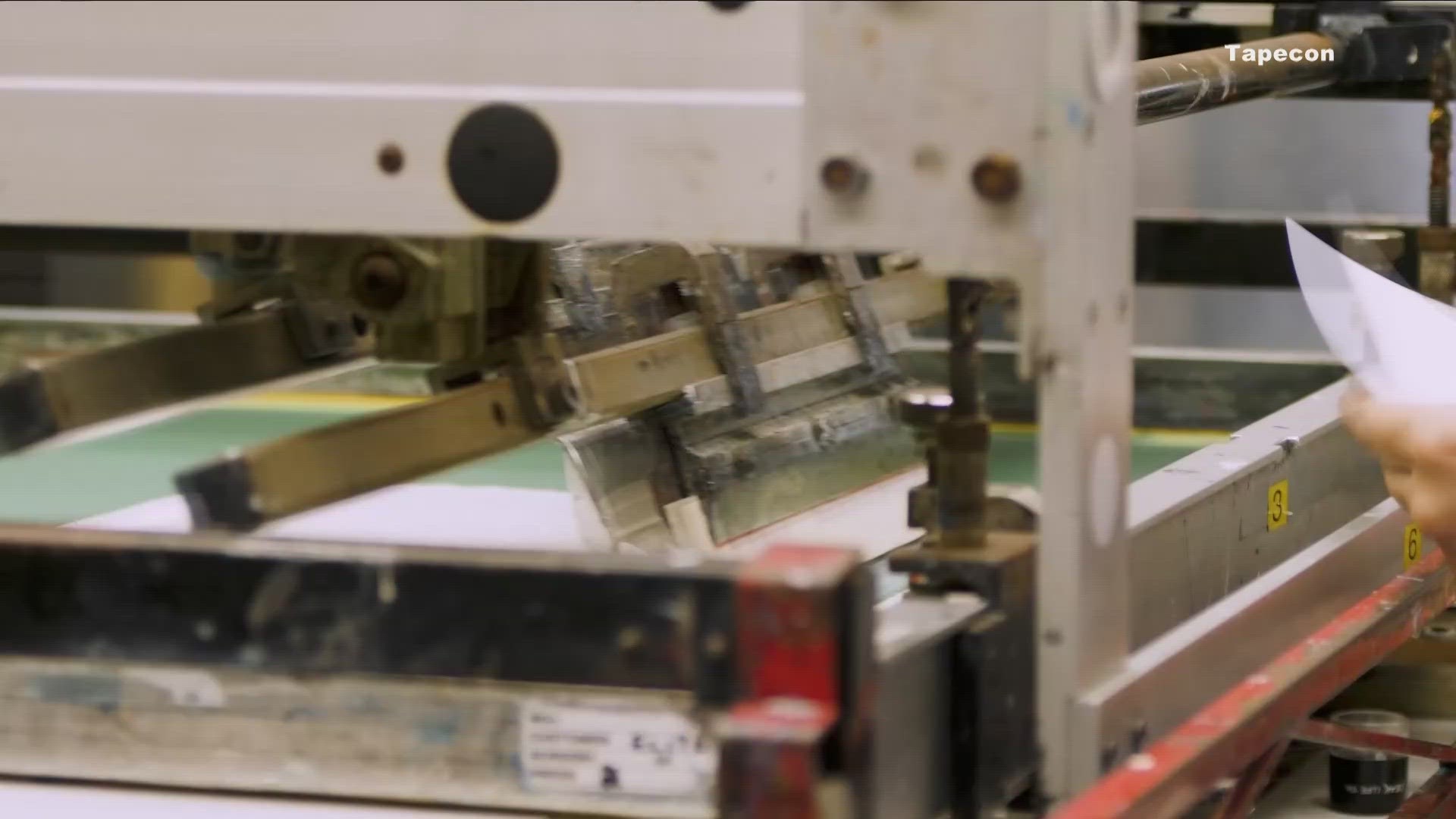BUFFALO, N.Y. — Some members of our Congressional delegation say the Buffalo, Rochester, and Syracuse areas could team up to become a recognized upstate tech hub perhaps similar to Silicon Valley, Seattle, or North Carolina's Research Triangle.
That could bring in federal funding to help create new opportunities and jobs especially in a U.S.-based computer chip industry. Those representatives feel says some pieces of that economic game-plan are already in place.
The Syracuse area scored the big tech win last October with Micron's decision to build a $100 billion, 9,000-job computer chip plant, so now local members of Congress want to use that local success story tied to the Chips and Science Act passed last year to address supply chain issues.
"The United States used to make nearly 40 percent of semiconductors," U.S. Rep. Brian Higgins (D-Buffalo, Niagara Falls) said. "Now we make 10 percent. Taiwan makes 65 percent of the world's semiconductors and 90 percent of the high end semiconductors. Where is Taiwan located, 100 miles from China, they are surrounded by hostility and instability."
That applies to the U.S. Commerce Department competition for up to $75 million in federal funding grants for a tech hub regional designation, including Buffalo, Rochester, Syracuse, and the Southern Tier.
U.S. Rep. Nick Langworthy (R- Clarence, Corning) emphasized: "Most of the other applications we're competing against won't be regional. We bring an awful lot of firepower together when you look at the regions of Syracuse, Rochester, Buffalo, the Southern Tier. I mean, think about it. In my district, Corning Incorporated, 7,000-employee company there, that is leading the way on technology that people don't even know about."
To make it work requires a high tech skilled workforce which Tapecon of hopes to build at in a Larkin Workforce Training Center. The Buffalo firm's sophisticated printing system could be applicable to making those semi-conductor chips.
"We're located in this building," Tapecon president Steve Davis said. "We've been doing printed electronics since the late 80s into the 90s, any type of user-interfaced keypad or functional keypad for printed electronics. The future is really exciting for us because we see growth in that area, not only on just basic printed electronics, but flexible hybrid electronics, which gets into the printed circuit board and semiconductor space."
This plan could also blend high-tech research programs from universities such as the University at Buffalo and the University of Rochester.
"Collectively, the message to the rest of the investment world if you will including the United States government under the Chips and Science Act is we are ready and we will succeed," Higgins said. "There are many attributes here that are unique to this region to distinguish us, distinguishes us, from other applications coming rom other regions, so we have every reason to expect that we will be successful."
Various regional elements from industry, academia, and government are working together towards an August deadline for the first phase tech hub grant application.
Twenty regional winners will be selected in that first round. Then in the second round, the Commerce Department will determine five designated tech hubs for the $50 to 75 million grants.

